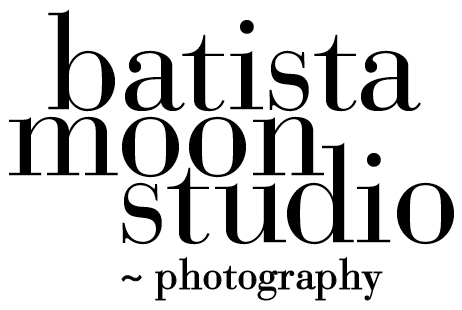I get comments, questions and statements about “competition” all of the time while teaching photography. It is a discussion fraught with fear, anxiety and self worth. I find this excerpt from the book ART & FEAR by Ted Orland and David Bayles very insightful and helpful.
There’s no denying competition. It’s hard-wired into us. It’s chemical. Good athletes bank on that surge of energy that arises in the instant of knowing they can overtake the runner just ahead. Good artists thrive on exhibit and publication deadlines, on working twenty hours straight to see the pots are glazed and fired just so, on making their next work better then their last. The urge to compete provides a source of raw energy, and for that purpose alone it can be exceptionally useful. In a healthy artistic environment, that energy is directed inward to fulfill one’s own potential. In a healthy artistic environment, artists are not in competition with each other.
Unfortunately, healthy artistic environments are about as common as unicorns. We live in a society that encourages competition at demonstrably vicious levels, and sets a hard and accountable yardstick for judging who wins. It’s easier to create artists in terms of the recognition they’ve received (which is compared) then in terms of the pieces they’ve made (which may be as different as apples and waltzes) And when that happens, competition centers not on making work, but on collecting the symbols of acceptance and approval of that work - N.E.A. Grants, a Show at Gallerie d’jour, a celebrity profile in the New Yorker and the like.
Take to extremes, such competition slides into needless (and often self-destructive) comparison with the fortunes of others. W.C. Fields became enraged at the mere mention of Charlie Chaplin’s name; Milton suffered lifelong depression from ongoing self comparison with Shakespeare; Solieri went a bit more insane each time he compared his music to Mozart’s. (and who among us would welcome that comparison!?) Fear that you’re not getting your fair share of recognition lead to anger and bitterness. Fear that you’re not as good as a fellow artist leads to depression.
Admittedly, few of us are above feeling a momentary stab of pain when someone else wins the fellowship we sought or a secret rush of triumph when we scoop up the same prize. (Kingsley Amis allowed that when he’d start writing a new novel, part of his motive was,” I’m going to show them this time!”) But occasional competitive grousing is a healthy step removed from equating success with standing atop the bodies of your peers. If nothing else it’s hard to claim victory when your imagined competitors may be entirely unaware of your existence - after all, some may have already been dead for a century. Quite plausibly they don’t win, while you - sooner or later - will lose. In some forms of comparison, defeat is all but inevitable.
But regardless of the yardstick used, all competitors share one telling characteristic: they know whee they rank in the pack. Avid competitors check their ranking constantly. Obsessive competitors simply equate with self - a chancy gambit, but one that works (when it does work) by tapping a source of energy that makes them work harder at their art, and almost always makes them good careerists. When sense of self depends so directly upon the ranking bestowed by the outside world, motivation to produce work that brings high rating sis extreme. In not knowing how to tell yourself that your work is OK, you may be driven to the top of the heap in trying to get the rest of the world to tell you.
In theory this is a perfectly valid approach - the tricky part is finding the right yardstick for measuring your accomplishments. What makes competition in the arts a slippery issue is simply that there’s rarely any consensus about what your best work is. Moreover, what’s important about each new piece is not whether it is better than you previous efforts but the ways in which it is similar or different. The meaningful comparison between two Bach fugues is not how they rank, but how they work.
When things go really well in your art making, all the pieces you make have a life to them, regardless of how they stack up as personal favorites. After all, they’re all your babies. It can even be argued that you have an obligation to explore the possible variations given that a single artistic question can yield many right answers. Productive times encourage you to build an extended body of work, one where all the pieces (even the flawed sketches that will never see the gallery wall) have a chance to play. In healthy times you rarely pause to distinguish between internal drive, sense of craft, the pressure of a deadline or the charm of a new idea - they all serve as sources of energy in the pieces you make.
Exceprted from Art & Fear, by David Bayles & Ted Orland
Observations on the Perils (and Rewards) of Artmaking ©1993
Typos are made in error by the transcriber, Barbara Moon Batista
